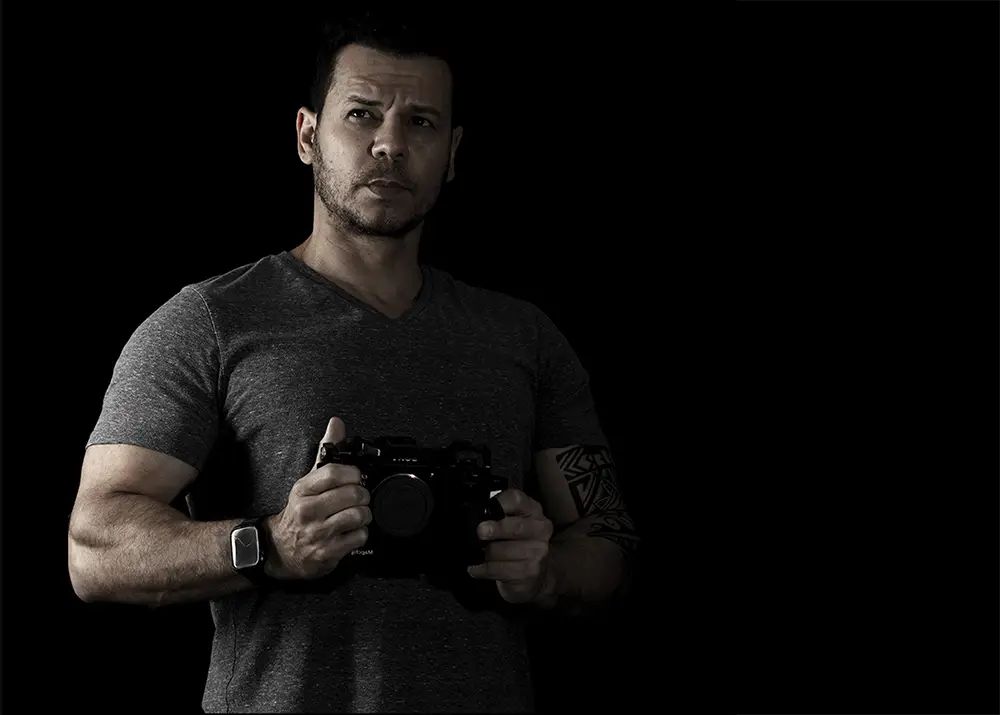
How I became a professional product photographer?
My journey from a bodyguard to a professional product photographer was as unique as it was challenging. It wasn’t about suddenly waking up with a fully-fledged product photography studio. It was a path filled with learning, passion, and a transition from capturing moments with Britney Spears to mastering the art of product visuals.
In today’s digital era, the role of a product photographer is more crucial than ever. With this comprehensive guide, I aim to share valuable insights into the realm of professional product photography. If you’re aspiring to make your mark as a product photographer, you’re in the right place.
Eventually, things moved on and I ended up as Britney Spear’s personal photographer! Wow! I realized I had a natural flare for photography when photos I had taken of Britney Spears were featured in OK and Star magazine. I also had the privilege of being part of her MTV documentary.
It was around this time, I started to think of photography as a career. As I have always been a bit of an entrepreneur, I already had a business at that time. However, it was not doing it for me. My business did not give me the opportunity to express my creative side. So, I decided to close the doors and move on.
In the age of e-commerce, product photography has become an essential skill for businesses and photographers alike. High-quality product images can make all the difference in capturing the attention of potential customers and driving sales. In this comprehensive guide for Amazon A+ content, we will explore the world of product photography and share tips from industry expert Tsour Lee Adato on how to become a professional product photographer.
All you need to know in one place 📷
How to Become a Product Photographer
What makes a Great Product Photographer
Product Photography Opportunities
Photographing Products vs people
Technical Photography
Learning to be a Product Photographer
Things You Need to Know to Become a Product Photographer
Business Skills
What Equipment Do I Need
Getting Your Portfolio Together
Product Photography Career
Final Thoughts
Embracing the Craft of a Product Photographer
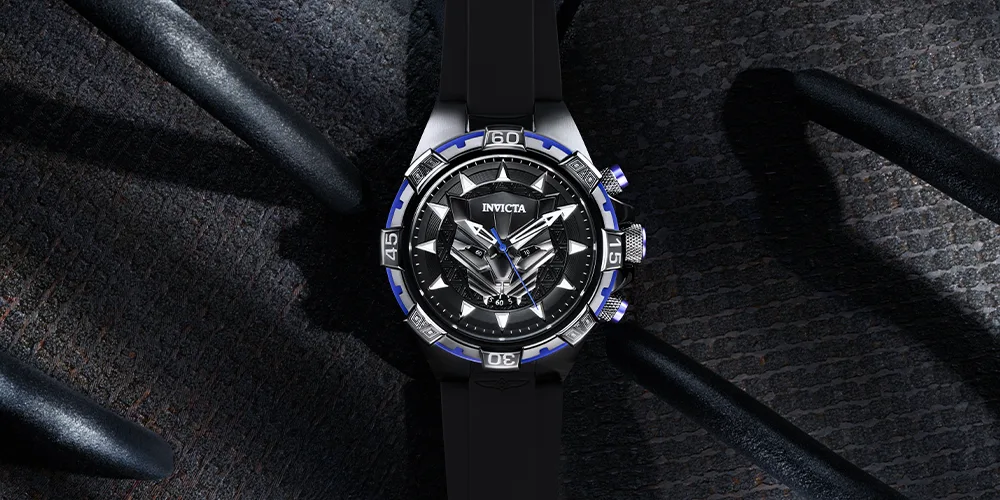
After I closed my California-based business, I moved back to New York and took on a more traditional job in mechanical engineering, but I never gave up my dream of becoming a professional photographer.
It was not long after I had moved back to New York I got my first gig. At the time, I was doing some headshot photography when I was not doing my regular job. I had started a photography business and was working taking headshots of clients in my living room. Well, we all have to start somewhere.
After about two months of opening my doors as a “headshot photographer,” I was asked by a client if I could photograph one of his products. I thought about it as I had zero knowledge of product photography, but I did realize that this could be a golden opportunity to start a sustainable business. Internet sales were on the increase. More and more companies and private individuals were starting to sell products online.
Anyway, I dived headlong in and took on my first product photography. It worked out just fine. Maybe it is not the perfect way for you to become a product photographer, but it worked for me. But there is more to my story.
The Artistic Flair of a Product Photographer
The intricate dance of light and shadow, the precise angle of the lens, and the story each product tells – these are the realms of a product photographer. From the glossy finish of a designer watch to the vibrant texture of a culinary delight, every product has a story, and as a professional product photographer, I’ve learned to tell it beautifully.
If someone claims they became a professional product photographer overnight, they’re likely not being truthful. As with any other photography genre, the path to success in product photography is a journey that requires dedication and persistence.
At one point in my journey, I devoted hours each day to study and practice product photography. There are numerous skills you need to acquire in addition to owning the right photography gear. We’ll delve into the technical aspects of becoming a product photographer shortly, but first, let me share the importance of mastering this craft from my personal experience.
Indeed, product photography is a craft. Before establishing my own product photography studio and announcing my expertise to the world, I spent time learning from the great masters of product photography, such as Karl Taylor, and honing my skills at the online school, Photigy.
Studying diligently, working hard, and practicing consistently are what helped me excel in product photography. Today, I am fortunate enough to teach and mentor aspiring product photographers, manage two studios, and train my own team of photographers. My journey to become a professional product photographer has taken six years, and I continue to enjoy every moment of it.
Understanding the Importance of Product Photography
Product photography is a specialized area of photography that focuses on capturing images of products in the most appealing and accurate way possible. These images are used for advertising, e-commerce websites, catalogs, and social media.
A professional product photographer has the ability to showcase products in their best light, creating a visual representation that entices potential customers and boosts brand image.
What Makes A Great Product Photographer?
I often compare my journey from how I become a product photographer to being a top-class chef. I have a friend who is a chef and he says that you never stop learning. You also need to have a passion. All of the great chefs in the world have a passion.
On top of having a passion, there are other traits you need to have. These are some of the things that I think have helped me become a product photographer and really good at what I do.
● You have to have attention to detail
● A love for technical photography
● Helps if you have an introverted personality
● Look at objects as metaphors and representations of something
● The ability to tell a story with your DSLR camera
● Must be able to work on your own and manage yourself
● Being fascinated by light just like an artist with paints
When you feel a couple of these characteristics describe you, Product Photography may be for you.
What Opportunities Are Available When You Become a Product Photographer?
Yes, you need to have a certain amount of artistic flair. You are not only going to spend your time photographing the intricate details of a designer watch, there is more to product photography than that. This was something I quickly learned.
You may consider a piece of jewelry a product. Yes, it is true, it is a product. But there are many other things which are products as well. For instance, when you go to a restaurant and eat a nice meal, you are in fact ordering a product. Even architects create some form of a “product” when they design buildings and homes.
Here’s a list that gives you an insight into what you may photograph when you become a product photographer:
● Jewelry
● Food
● Skincare
● Perfume
● Vehicles
● Food products
● Clothing
● Toys
● Beverages
● Technical products
● Homeware
● Furniture
As a matter of fact, the list is more or less endless. I have lost count of the many products I have been asked to photograph. E-commerce photography is an important part of product photography. Many of the photographs you take end up on popular eCommerce sites such as Amazon, Shopify and Etsy. It is also good to know that on occasion you are going to end up working with live models which brings me on to the next topic.
Photographing Products vs Photographing people
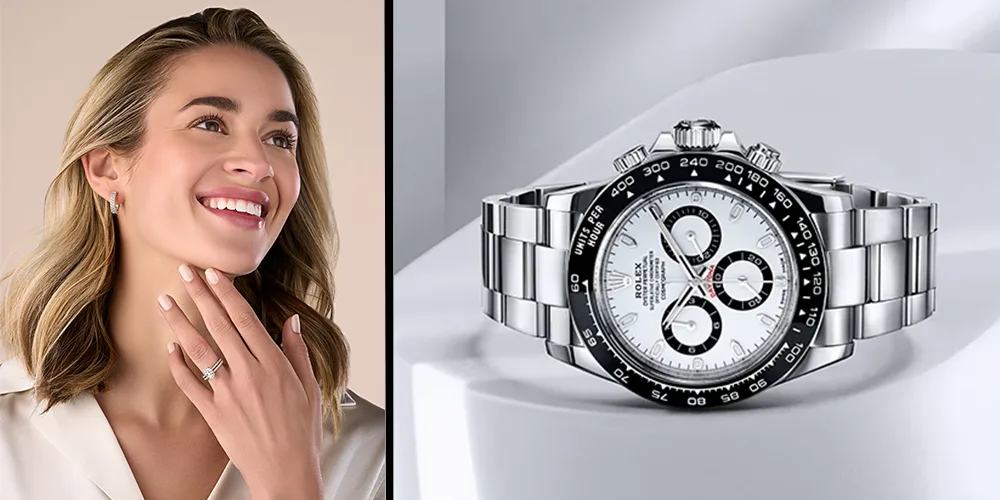
Many say that there are two types of photographers within the photography industry. You either like to photograph people or objects. When you photograph people you probably have a need to be around them a lot of the time.
When you become a product photographer, you probably find you are happy to work on your own. But, it does help if you can work with people as well. Not only will you end up working with models from time to time when you become a product photographer.
However, to tell a story of a product and make it appealing to people who are going to buy it, you need to have a “feel” for people. How do they “see” the product? Just like famous paintings, product photographs tell a story.
Some say that product photography is more “micromanaged” compared to people photography. That is probably true. But then again, a lot of the work when it comes to professional people photography is micromanaged both before you start shooting, during the session and in post-production using specialist software.
You may control the session more and you don’t risk any model’s prima donna moments, but both genres of photography do have things in common. I guess you can say they cross over.
Technical Skills Matter
One thing you will learn on your journey to becoming a product photographer is that technical skills matter. I learned that you have to master your technical skills such as exposure, lighting and equipment. Understanding and learning retouching is another important skill to have.
I have to be honest, you need to study and learn this. At the same time, you have to practice and experiment. For instance, lighting is not something you are going to master overnight.
Yes, you can probably take great photographs on a smartphone or modern camera using auto settings. But, as I like to say to the photographers I train, there is more to photography than meets the eye.
Technical Photography
Product photography has many things in common with technical photography. If you like, you can say product photography is a genre of technical photography.
You don’t need to be a technical genius but to become a product photographer, you do benefit from both patience and technical training.
When I train photographers to become product photographer, I spend a lot of time on technical skills.
Of course, product photographer customers don’t know how to express themselves technically as far as technical photography goes. They may just ask you to make their product “pop.” When I train photographers, I place a lot of emphasis on what it means to make a product pop.
When you want to become a product photographer, you need to work on mastering your technical skills.
Should I Go To College?
There are colleges that do teach technical photography skills. It is great and if you should go to college or university. But as I say to the photographers I work with, it is a practice that makes perfect.
Learning technical skills at college is one thing, but learning on the job is what matters. Product photography evolves all of the time. Product change and you have to learn to adapt.
For instance, LED lighting or other forms of lighting are now part of many products. Keyboards for gaming computers and laptops light up. Learning how to work with light under realistic circumstances has never been so important.
Computer games are also products. You may have to learn how to photograph games and make them “saleable.” This often means to show how easy they are to use and fun to play.
As an experienced product photographer, I am learning all of the time. What I learn, I quickly pass on to the photographers I train to become product photographers.
How Can You Learn How to Become A Product Photographer?

How do I teach product photography? When I look at photography training programs, I noticed many of them focus on the artistic side of taking photographs.
As the technical aspects of photography are an essential part of product photography, it is crucial that you learn them as well as the artistic side.
I have a checklist of all of the basic photography skills. This is it:
● Quality of light – spectacular and diffuse
● Continuous lighting vs strobe lighting
● Powers and guide numbers
● Strobe models
● TTL Flash manual vs auto
● LED vs Tungsten
● Natural Light
● Lightroom
● Capture Pro
● Printing – prep print vs web image
● Proofing
● Profile creation
● File types sizes, resolution and compression
● Retouching techniques
● Creativity
Other Things You Need to Know
What happens in the studio when you work with your camera is one thing. Being a good product photographer is not only about snapping photos and processing them. There are other things that matter as well.
When I train others to become product photographers, I also take the opportunity to pass on my know-how and other skills including creativity, production and business skills.
Creativity
You are nothing without a touch of creativity. It is good to have a knowledge of art history and other photographers. Personally, I learned a lot from Karl Taylor. I think he is one of the best in the business. He has his own photography school which you can access online.
You need to be prepared to get things wrong. This is part of practicing and experimenting as a photographer. I did a lot of that and it did help me to grow as a product photographer.
Putting together a portfolio is another important aspect of photography that you must not overlook.
Production
Production is an integral part of running your own business. If you have partners or co-workers in your studio, learning how to work with them is important. What roles are they going to play during a photography session? Do you need an assistant?
Practical aspects such as invoicing and producing estimates are two other skills you need to have. Workflows form an essential part of all stages of production. You need to make sure you set up workflows which you can all work to.
Business Skills for Success in Product Photography
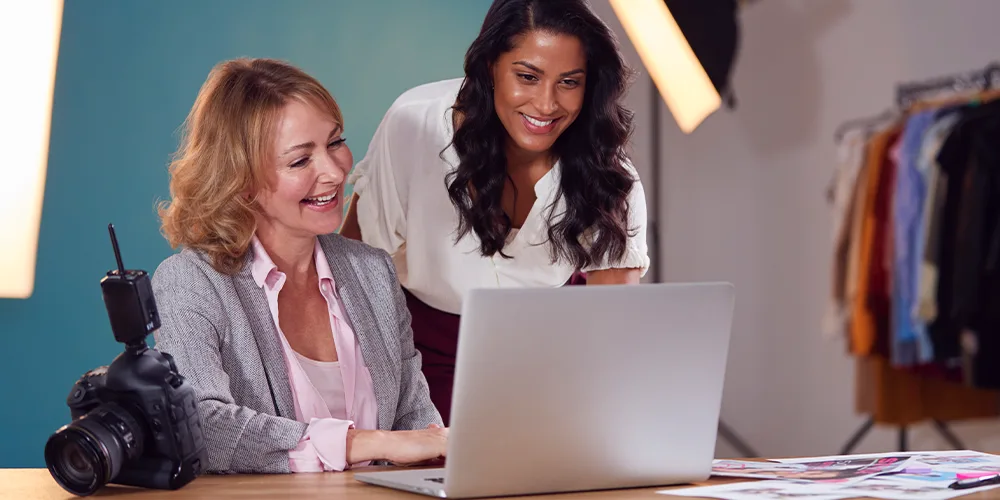
Then you have your business skills. Apart from technical skills, acquiring the right business skills is the most important part of running a Product Photography studio as a business.
How are you going to get business? You will need a website and know how to promote your website. Having an online presence is more important than ever before. You can showcase your portfolio on your website, but customers need to find your site so you can attract their business.
This means you need to be marketing and social media savvy. Having an excellent knowledge of how social media works is very important. From time to time, you may even have to reach out to potential customers yourself. This involves picking up the phone, knocking on doors and setting up meetings.
Once you have done all of this, you need to start building long-term working relationships with your clients.
Your business skills should not end there. On top of this, you need to know about accounting, project management, making a bid for a contract and negotiating. To upgrade your accounting skills, you can pass the CPA exam and have advanced knowledge of federal and state regulations and laws. Last but not least, don’t forget about copyright.
There are many things you need to learn, but the same is true for any business you would like to start or invest in.
Equipment for Product Photography?
For many photographers, the equipment is the most exciting thing. I love gear and equipment, but if you are starting from scratch, prioritising what you need is what really matters.
When I started out on the path to become a product photographer, I did not have the budget to buy all of the things that make up the perfect product photographer’s kit all at once. Instead, I had to shop around, buy second hand and save money to buy new gear.
On my site, I have written extensively about the best equipment for product photography. You will information about the best lenses, tripods, lighting equipment, cameras and so much more. Instead of going into too much detail on this page, I am going to give an idea of what you need. You can easily find out more by checking out my professional product photography website.
However, I am going to give you a quick idea of what you will need.
A Brief Guide to Photography Equipment for Aspiring Product Photographers
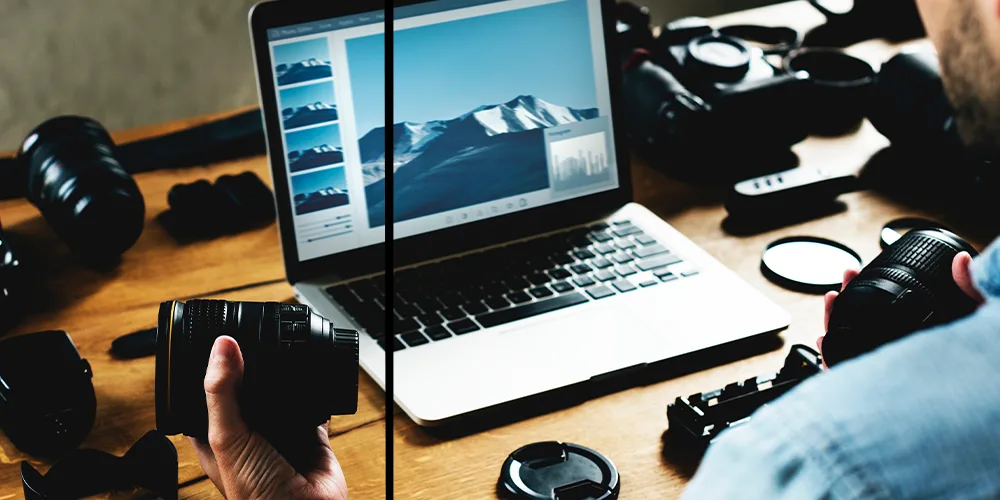
I have put together a list for you. Hopefully, the list gives you an insight into what you need. When you need more information, you will find it on my website Prophotostudio.net.
Photography equipment for product Photography:
● Camera
● Choice of lenses
● Tripod
● Lighting equipment
● Stand
● Grips
● Light modifiers
● Backgrounds
● Computer and software
An increasing number of products are being photographed on phones. Yes, smartphones have come a long way. But, if you would like to work become a professional product photographer buying professional equipment and gear is important.
Not only is it going to help you to do your job better. Having professional gear also makes you and your product photography studio look much more professional.
Did I overuse the word professional? I did so intentionally. Ultimately, being professional is what is going to get you the best contracts, attract a high-paying client base and retain your clients.
Building Your Portfolio.
A strong product photography portfolio is crucial for showcasing your skills and attracting clients. To build an impressive portfolio, focus on including a variety of product types, lighting setups, and compositions.
Don’t be afraid to experiment with different styles and techniques to demonstrate your versatility and creativity as a product photographer.
What do I mean by that? It is easy, really. You want to showcase as many of the products you have photographed as possible. Even the smallest thing will matter. You never know what is going to come next. This is why it is important your portfolio is comprehensive.
Your photos of food are just as important as the photos you snapped of exclusive designer watches.
Try to add as many different techniques as you can as well. If you have worked with splash photography, add that, and if you have photographed larger-scale items, don’t forget to include them in your portfolio.
Showcase the way you work with light. That always impresses potential clients. As you will know by now, it is very much the light that makes a product “pop.”
You are not going to become a product photographer without a portfolio.
Understanding the importance of lighting
It did not take me long to realize that light is an essential part of product photography. It was something I learned in my training sessions with Carl Taylor. This man is the industry expert as far as lighting techniques go. The way he works with light is just awe-inspiring.
Lighting plays a vital role in product photography, as it can drastically affect the appearance and mood of your images. Experiment with different lighting setups to find the one that best showcases your product.
On my website, I talk a lot about working with light. Natural light is just as important as studio lighting. I have spoken to many product photographers who assume we work under studio conditions all of the time. This is not true.
I often work in a natural environment. Some products such as outdoor camping gear and fishing equipment, photograph much better in a natural environment. It is important to make sure you are comfortable working in natural light as well as under studio condition lights.
Utilizing depth of field: A shallow depth of field can create a sense of depth and draw attention to specific parts of the product, while a deep depth of field ensures that the entire product is in focus.
Composing your shots: Pay attention to composition and framing to create balanced and visually appealing images. Consider using the rule of thirds or other compositional techniques to enhance your product photography.
Post-processing: Editing your images is an essential step in the product photography process. Use photo editing software like Adobe Lightroom or Photoshop to make adjustments to exposure, color balance, and other elements, ensuring your final images are polished and professional.
Product Photographer As A Careerer
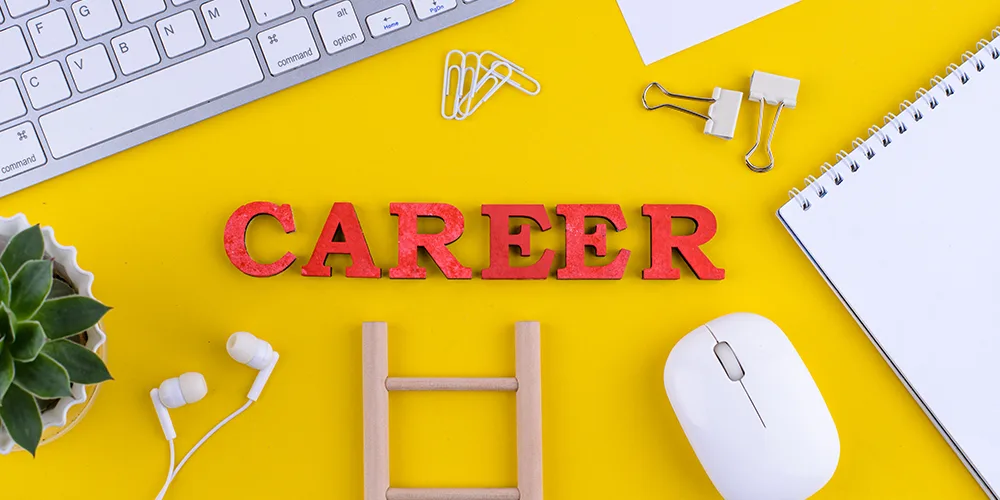
Today, for me at least, product photography is very much a career. I think that when you want to become a product photographer, you should see it as a career.
It is a career that is not going to happen overnight. I always say to the photographers I train that they should not give up their day jobs immediately or their bread and butter photography jobs such as weddings.
When I was doing my regular job, I spent a lot of time studying and learning from my own list of product photography masters. Once I felt confident enough, I started to look around for business.
That is when I realized how important it is to have a bunch of business skills as well as photography skills. As I had already run my own successful business, I knew what was needed. But as all business owners know, everything moves on. Today, it would be more or less impossible to run a business without excellent SEO and SEM skills.
Product photography is becoming increasingly important. Companies from around the world are selling and shipping products globally. You may find yourself working for a guy in China and a local company around the corner from your product photography. In many ways, you can say the world is your oyster.
Should I Become A Product Photographer Assistant?
I did not have this opportunity, but if I had been offered the opportunity, I would have grabbed it with both hands.
You can learn so much from experienced photographers in the genre you would like to work in. I often say product photography was just coming into its own when I started out. That is why I decided to study and learn from some of the best product photographers in the world.
If you do get the opportunity to study and work with a professional product photographer, you should go for it. Many aspiring product photographers contact me looking for jobs.
There are plenty of opportunities available in the industry. Product photography is an industry which is going to continue to grow for many years to come. After all, more of us than ever before shop online. It is very much online where product photography comes into its own.
But, as a product photographer, I am never going to lose sight of the fact that product photography is relevant to any form of media including printed media.
Do Your Research Before You Start Snapping
When it comes to product photography, it is important to get to know your subject. One guy told me it is a bit like wildlife photography. It made me laugh but it is true. Unless you know your subject, you are not going to take a good photo.
Doing your research is crucial. If you spend a lot of time talking and asking the clients questions, taking the photographs becomes relatively easy. It is all about expectations, you know what the client needs and expects from you.
Once you have finished, the end result should match your client’s expectations perfectly. Better still, if you have researched the product, you should exceed your client’s expectations.
Lifestyle photography is very much part of product photography. If you can inject the product into a lifestyle setting, it helps. The best thing about lifestyle photography is that it does not have to be complicated. This is another thing you learn when you want to become a product photographer.
Turning Your Product Photography Studio Into A Business

At the forefront of my mind, I have always thought of my product photography studio as a business. Working in any genre of photography is challenging. Not only are you selling your photographs, but you are also selling yourself.
Before you go ahead and quit what you are doing now, you need to gain experience, build a portfolio and make sure you have a steady stream of clients.
Personally, I took a look at my personal finances before I decided to strike out and become a product photographer full-time. Could I afford to go pro? As I had built up a client list, I knew that I could do it.
How Do You Get Clients?
I talk more about this on my website, but this will give an idea of what you need to do:
● Put together a website to show off your work.
● To make sure new clients find your product photography studio, you need to drive traffic toward your website.
● Drive traffic using SEO, SEM and Social Media
● Become a marketing expert and don’t let anyone slip through the net. Adding things like contact forms, email contacts and newsletters helps a great deal. That way, you constantly stay on top of your marketing efforts. If you don’t have the time to do it, make sure you hire the services of a good SEO agency. Who knows? They may just get you some business as well.
Customer Relationship Management
CRM or customer relationship management is a crucial part of any business. You need to set up a system so that you can stay on top of what is happening with your current and potential customers.
For instance, when are they launching their next new product or online catalogue? Make sure that you know by staying in touch with your clients and prospects on a regular basis. Don’t be afraid to pick up the phone or set up a meeting. Adding a personal touch is an important part of CRM.
As part of CRM, be prepared to talk about your business and explain how operates. Being open and upfront creates trust between you and your customer.
When you are confident you can make a living as a photographer, it is time to become a product photographer full-time and quit the day job.
These are just some of the things you need to do now:
● Register your business – either INC, LLC or even DBA is a good choice.
● You will need business insurance.
● Establish terms and conditions and customer contracts.
● Organize your finances – it is best for your personal and business finances not to clash.
● Invest in accounting software
● Learn how to handle business finance and read financial statements.
● Learn about taxes
● Get an accountant
● Set aside money for investment and business growth.
At the same time, you are doing all of this, protecting your own financial future is important. Don’t forget about things like health insurance and saving for your retirement.
When you become a product photographer, there is certainly more to think about than your camera lens and what diffusers you should buy next.
The Reality of Photography As a Business
I am not going to downplay it. Working as a photographer of any kind is hard. Today, the photography business is one of the most competitive industries in the world. You have got the freelance photographer who thinks that he can do a little bit of everything. That does not really work.
From what I have seen product photography is still very specialized. Many entrepreneurs that develop products try to go their own way. They have a smartphone camera and think that is enough. As I have already mentioned, there is more to product photography than just snapping an image. It needs to tell a story and sell the product.
Unless you have experience in product photography, you are going to find this challenging.
You need to have the experience to become a product photographer.
The way we interact with media today is totally different. I am sure that many of us will remember driving down the freeway and seeing giant billboards advertising a brand or new product that we must have.
Things have moved on. Today we interact with what we want to buy using smartphones and desktops. That does not mean images should not be fun and not tell a story. As a matter of fact, this is more important than ever before.
It is just that we do it in a different way. Okay, 2D photos are still okay, but in a perfect world, we would like to see all of the details of the product. Perhaps we would even like to see it spin around in 3D.
My Final Thoughts
Becoming a professional product photographer takes time, practice, and dedication. By mastering the essential techniques, investing in the right equipment, and marketing your services effectively, you can build a successful career in the growing field of product photography.
With expert guidance from Tsour Lee Adato and perseverance, you can overcome the challenges that come with this journey and make a name for yourself in the industry.
Stay committed to learning, refining your skills, and staying updated on the latest trends and technology in product photography. Embrace every opportunity to network with fellow professionals and potential clients.
As you grow and evolve as a product photographer, remember to share your knowledge and experiences with the next generation of aspiring photographers. Your passion and dedication will not only propel your career forward but also inspire others to pursue their dreams in product photography.
if you’re looking to increase your online conversion but still feel you are not sure where to start – check out these resources below:

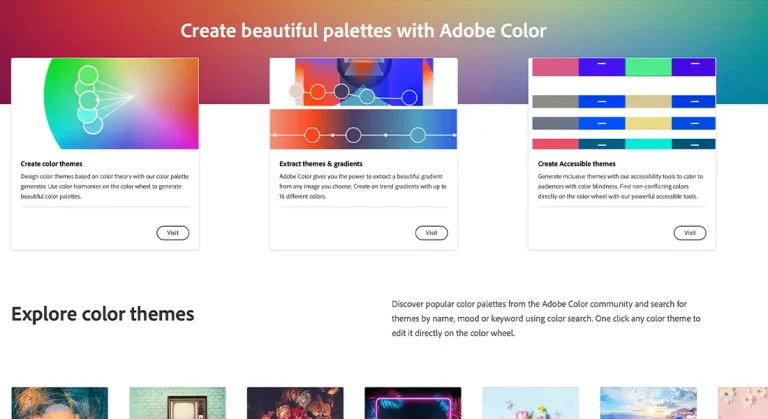
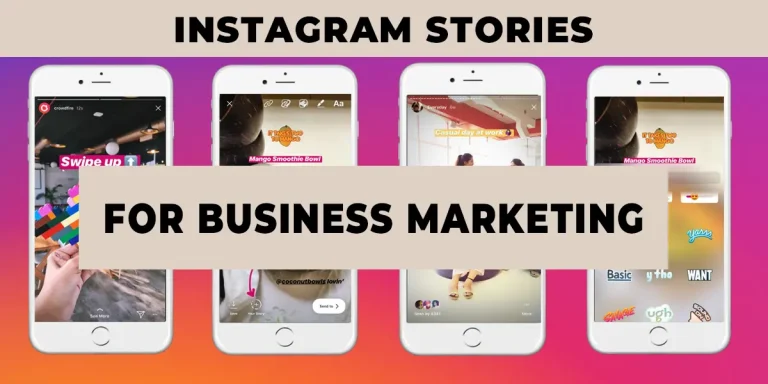
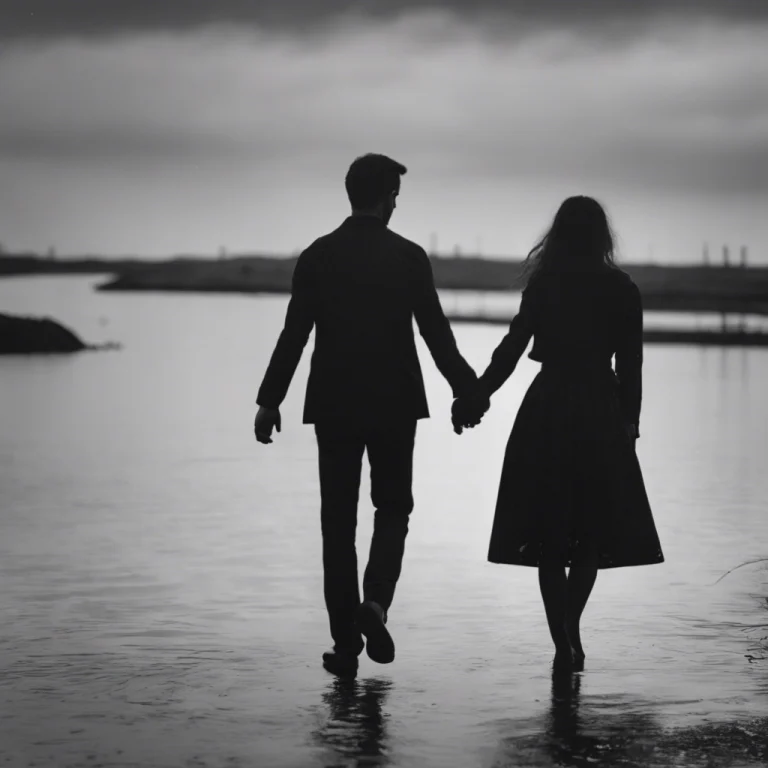
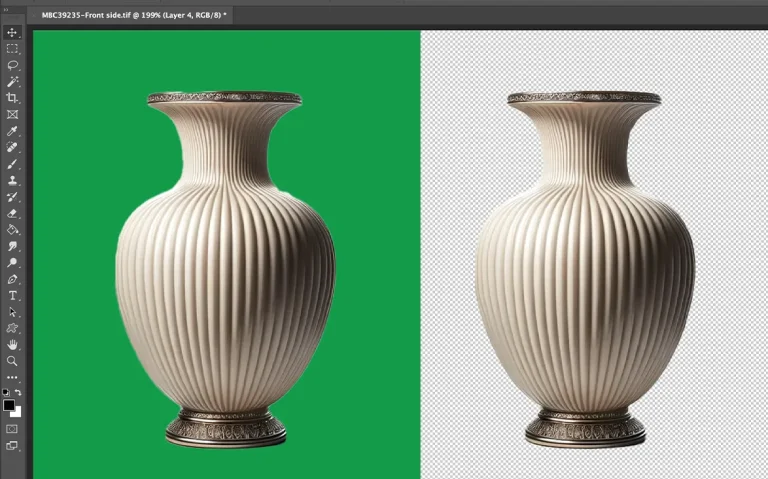

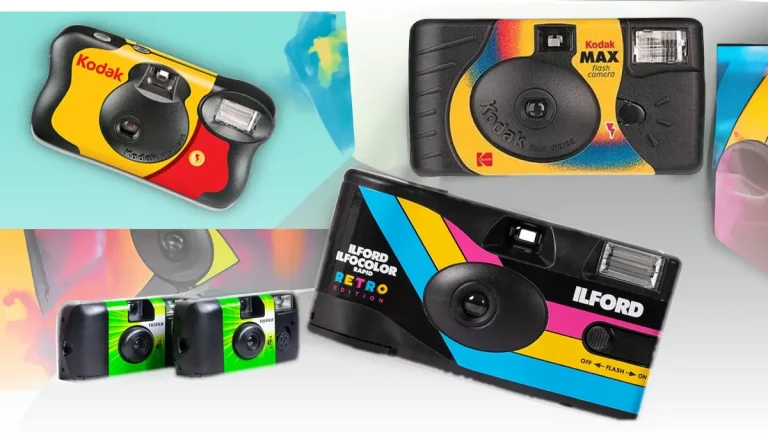

5 thoughts on “Mastering Product Photography: The Ultimate Guide to Becoming a Professional”
I’m a small business owner, and this post has inspired me to invest in professional product photography. It’s worth every penny!
The tangible difference that good photography makes, especially in sales, is so well-highlighted here.
Very good guide, took a while to ready, but worth it.
And that’s how you become a Product Photographer. Great blog, lottttssss of info.
Seriously what a great article really depth. Thanks Tsour. I see all the effort you put in writing this article.